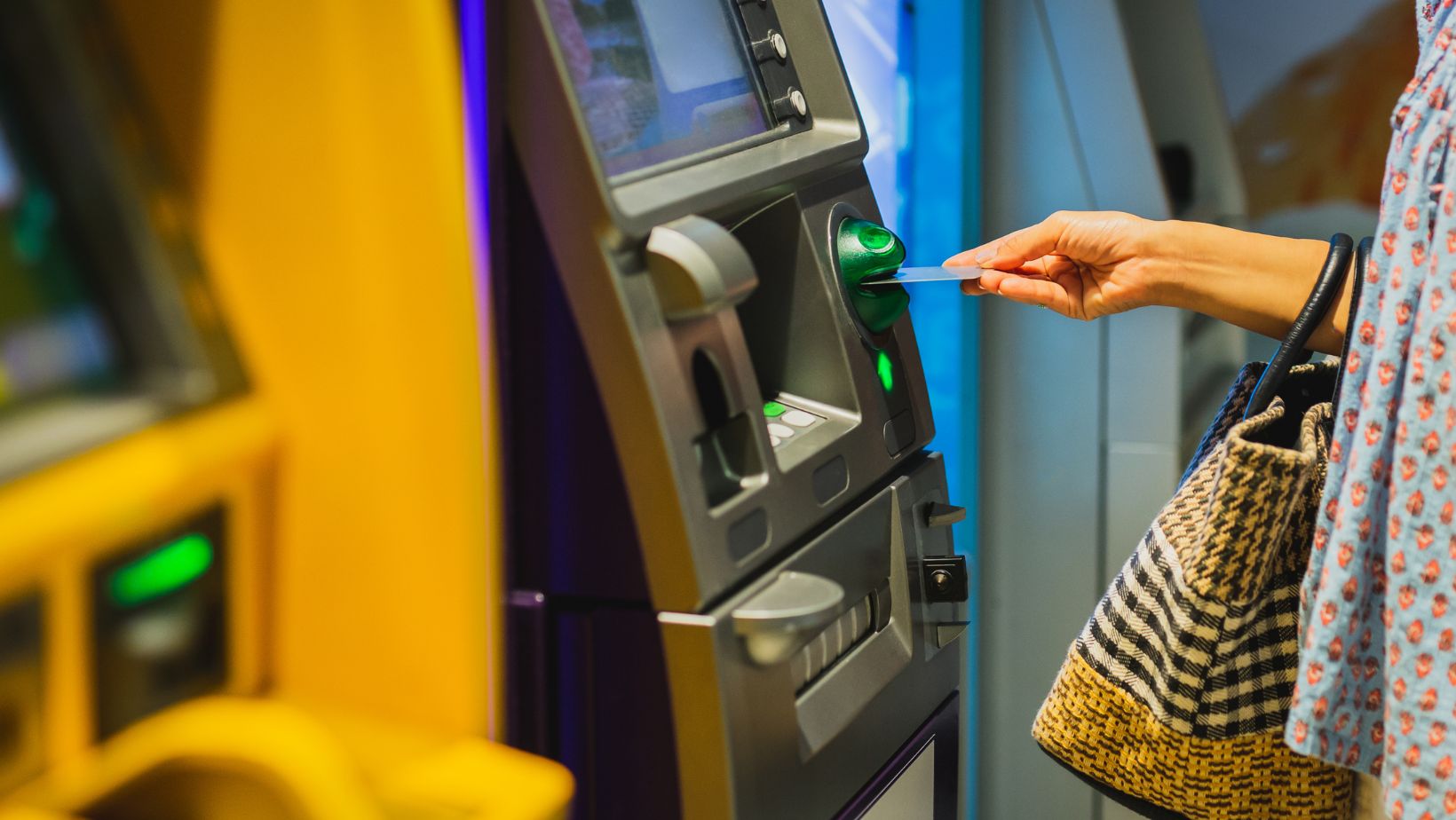Opening a local Thai bank account remains one of the first tasks for expats living and working in Thailand. Whether you’re getting paid in Thai baht, paying rent, or simply avoiding international card fees, a local account makes life easier.
In 2025, the rules are a bit stricter — especially regarding visa types and proof of address — but it’s still possible with the right documents. This guide breaks down everything you need to know, including what each major bank (KBank, SCB, and Krungsri) requires.
What You’ll Need to Bring
Before heading to a branch, prepare these documents and items:
-
Valid passport (original + copies of photo and visa pages)
-
Visa with long-term purpose — non-immigrant (B, O, ED), LTR, or retirement visa preferred
-
Proof of Thai address — lease contract, utility bill, or residence certificate from Immigration
-
Supporting documents — work permit, school letter, or BOI/LTR documentation (if applicable)
-
Thai mobile number — needed for SMS verification and mobile banking
-
Initial deposit — typically THB 500–2,000 depending on the account type
Step-by-Step: How to Open an Account
-
Choose your bank and account type
Decide whether you want a savings or current account. Savings accounts are most common for foreigners. -
Gather your documents
Double-check that you have originals and photocopies. -
Get a Thai SIM card
You’ll need a Thai phone number to activate mobile banking. -
Visit the branch in person
Choose a location that’s known to handle foreign customers. -
Submit your application
Fill in the forms, present your documents, and make the opening deposit. -
Set up your debit card and online banking
Staff will guide you through activating your mobile app and PIN setup. -
Keep your passbook or confirmation slip
It includes your account number and branch code — essential for transfers.
Major Banks and Their Requirements (2025 Update)
Kasikornbank (KBank)
-
Requires passport, non-immigrant visa, and proof of purpose of stay (such as a work permit or company letter).
-
Tourist and visa-on-arrival holders are typically not eligible.
-
Offers strong digital banking and English-language service in central Bangkok branches.
Siam Commercial Bank (SCB)
-
Requires passport and visa; may ask for proof of employment or residence.
-
Many branches offer English-speaking staff.
-
SCB is known for a modern mobile app and wide branch coverage across Thailand.
Bank of Ayudhya (Krungsri)
-
Minimum opening deposit: THB 500 for a savings account.
-
Requires standard identification and proof of long-term visa.
-
Popular with expats for straightforward account setup and user-friendly online banking.
Common Pitfalls and How to Avoid Them
-
Tourist visas rarely accepted: Use a non-immigrant or long-term visa whenever possible.
-
Lack of proof of address: Get a residence certificate from Immigration if you don’t have utility bills.
-
Branch discretion: Some branches enforce stricter document checks; visit one known for serving expats.
-
Timing: Go early in the day — most branches stop processing new applications before closing time.
-
Digital banking confusion: Always activate online access before leaving the branch.
Expert Tips for a Smooth Experience
-
Call ahead to confirm document requirements.
-
Bring extra photocopies — at least two sets of all major documents.
-
Ask for an English-speaking staff member when you arrive.
-
Keep cash ready for your initial deposit and any card issuance fees.
-
Set up PromptPay right away to make local transfers easier.
Opening a Thai bank account as a foreigner in 2025 is perfectly doable — as long as you prepare properly. Focus on getting your visa and address documentation in order, choose a branch familiar with foreign customers, and go early to avoid queues.
Once your account is active, you’ll find life in Thailand much easier: you can pay rent locally, receive payments in baht, and enjoy fee-free transfers through PromptPay.
–
Indo Thai News brings you the latest stories from Thailand and Asia—covering Travel, Lifestyle, Entertainment, and more.
Want your business, brand, or event to be featured? Submit Your Press Release to Indo Thai News and share your story with our growing community.



